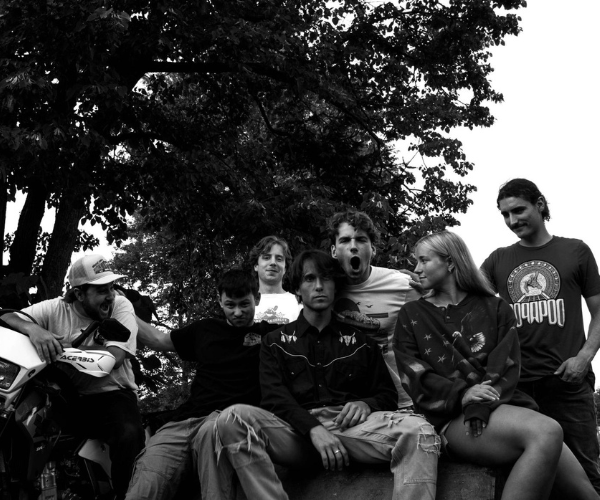The works of the Japanese master ceramist are a mix of light and dark browns, shades of gray, bits of bronze and hints of yellow and red. They’re a swirl of smooth curves, jagged edges, sharp corners and impossibly clean lines — rough, heavy pieces that look almost as if they have been lying underground, simply waiting to be unearthed.
“Many kinds of impressions inspire me to create art,” Kohyama explains through his assistant, Wakae Nakamoto. “Nature manifests itself in my work.”
Art lovers can see these striking works firsthand at the Sculpture Center exhibit The Cleveland Ceramics of Yasuhisa Kohyama, running Nov. 6 through Dec. 19. The exhibition features 16 pieces Kohyama began in fall 2008 at the Cleveland Institute of Art and fired last April at Kent State University.
Kohyama uses the medieval tradition of wood firing in a long, tunnel-like anagama kiln. The glassy finishes on his pieces are not the result of glazes but of high temperatures, the texture of the pebbly clay and the relation of each piece to the open flame and wood ash in the kiln.
His style also has some other very traditional tendencies — he often repeats forms, like a vessel with a dramatic teardrop-shaped cutout. That’s not to say he’s tied strictly to tradition.
“His pieces are definitely not what you think of as traditional Japanese form,” explains Ann Albano, executive director of the Sculpture Center. Although many of his creations are less than a foot and a half tall, the slow-drying clay walls are so thick — more than an inch — that Albano can’t even lift them. They’re “very heavy, dense. And yet, of course, they have this swooping appearance to them.”
The pieces start out as bulky coils of clay, and Kohyama fashions each piece by hand and then slices through the clay with piano wire to create forms inspired by wind, trees and other aspects of nature.
Despite the flowers and sticks that Kohyama sometimes arranges in his pottery for display, the pieces are intended to be appreciated for their sculptural shape and natural ash surfaces.
Kohyama’s windswept clay forms have had a devoted following here ever since the 1980s, when then-director of the Cleveland Museum of Art Sherman Lee visited the artist’s studio in the Shigaraki region of Japan to buy some of his work for the Cleveland collection.
The universality of Kohyama’s pieces, Albano says, comes from his curious mix of tradition, innovation and a sense of familiarity that makes the pieces accessible to the viewer.
“You feel as though it’s something natural,” she says. “A lot of them really seem as though they’re opening out into the space, moving into the space, bending into the space. … There’s something very alive about each piece.”



